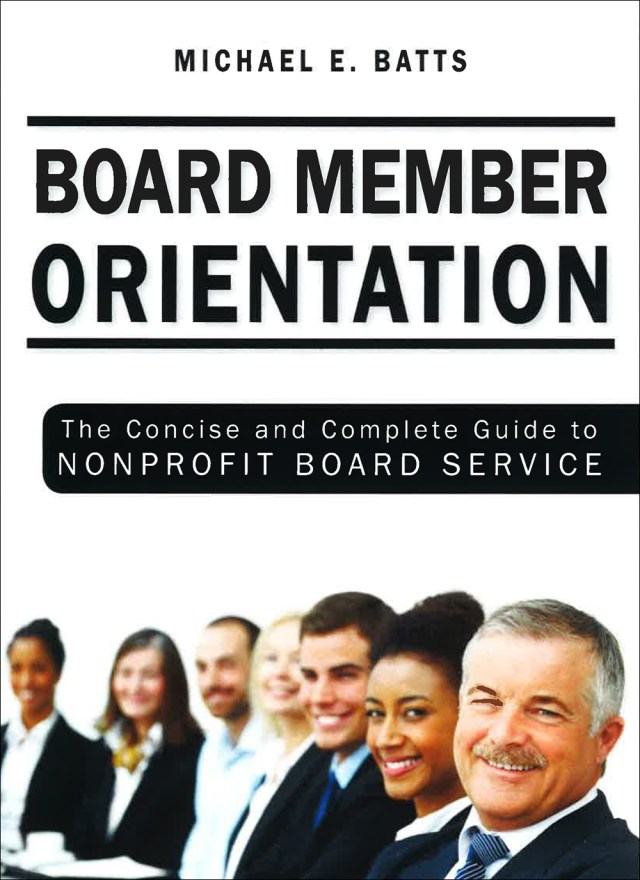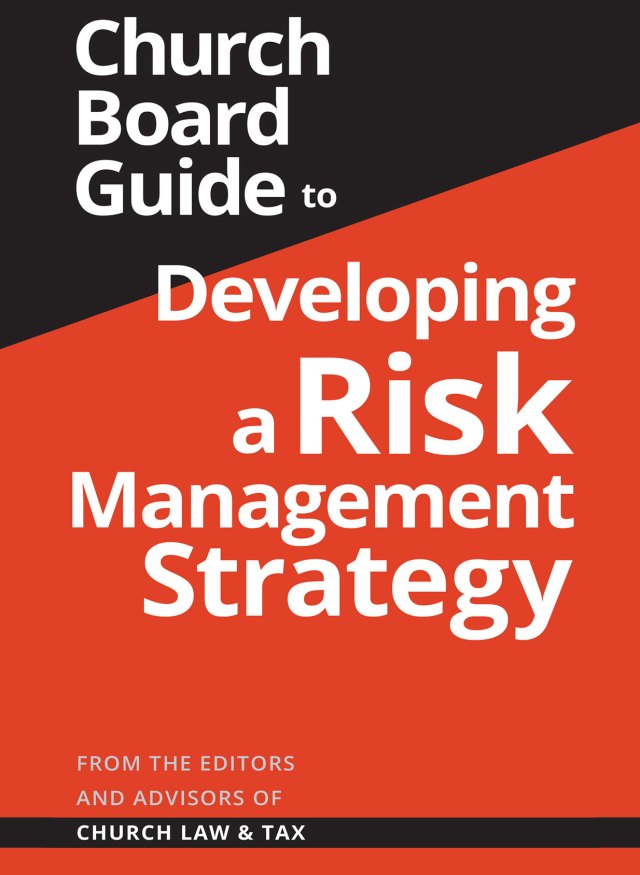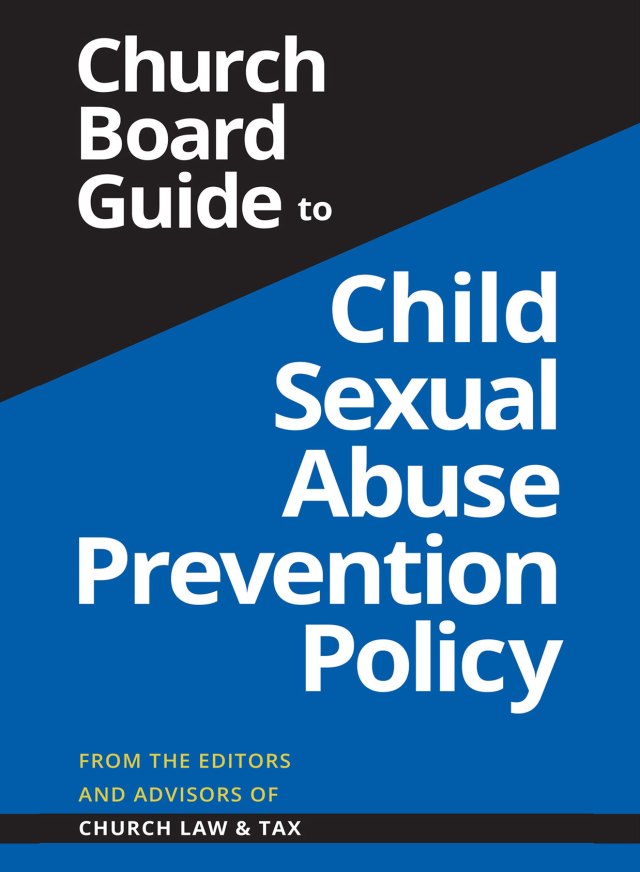Imagine this:
A very kind but anxious fellow named Tom calls your finance office and says he accidentally donated $5,000 to your church when it should’ve only been $50.
Tom says he’s on a fixed income. He pleads for the church to refund him the $4,950 difference. The church checks its online gifts and sure enough, there it is: an online ACH gift from Tom, a new donor, in the amount of $5,000.
Having verified the donation, the church refunds the $4,950 via ACH.
Two days later, the bank alerts your church that the initial ACH for $5,000 from Tom was rejected for insufficient funds, and issues a chargeback against the church’s bank account for the $5,000.
And since Tom’s phone number is suddenly disconnected, your church realizes it has been scammed.
This happens all the time to American nonprofits. There are variations to this scam–maybe someone puts a check in the offering plate, waits until it’s been deposited, then calls the church to claim they wrote it for the wrong amount, and asks for an immediate electronic refund.
But the scam is rooted in the lag time between when a payment is made and when it clears the banking system.
Be Alert to Unusual Refund Requests
Refund requests for charitable contributions should raise immediate red flags. These requests are highly unusual because:
- A donation typically involves giving up ownership and control of the funds.
- Nonprofits are not free to return contributions simply because a donor asks.
Example:
Imagine a donor gives a large sum that’s used for a major initiative. If they later request a refund, the organization could be left in a serious financial bind. If this became common practice, nonprofits would struggle to function effectively.
When a Refund May Be Appropriate
There are rare cases when a refund might be justified—such as when a donor accidentally gives more than intended. In such situations, the organization may have a moral (and possibly legal) responsibility to correct the mistake.
But proceed with caution:
- Confirm the error was truly accidental.
- Ensure the organization itself isn’t being targeted by a scam.
How to Protect Your Organization
To reduce risk, take these simple but effective steps:
- Create a dedicated team to manage donation refund requests.
- Train the team on common refund scams and red flags to watch for.
- Never issue a refund until the original funds have:
- Fully cleared the banking system, and
- Been confirmed as settled and secure.
Final Thought
A clear policy and basic awareness go a long way. By staying vigilant and enforcing proper procedures, your organization can avoid falling victim to donation refund scams.
Michael (Mike) E. Batts is a CPA and the managing partner of Batts Morrison Wales & Lee, P.A. (BMWL), an accounting firm dedicated exclusively to serving nonprofit organizations across the United States. Danny A. Johnson is CPA partner on the audit and assurance team at BMWL.
We’ve used a combination of AI and human review to make this content easier to read and understand.





